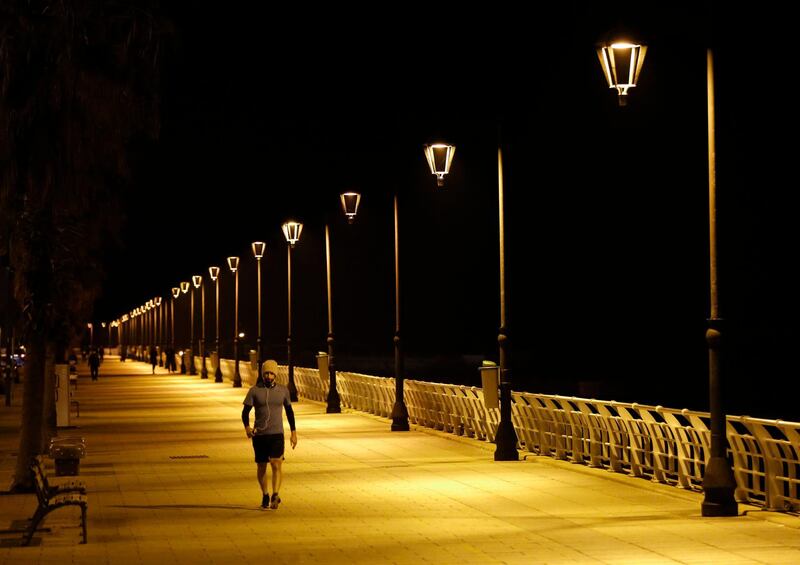As coronavirus has spread across the globe and measures have been put in place to limit its impact, parts of the Middle East have gone into lockdown – cities that were once bustling hives of activity have become ghost towns.
Iraq and Lebanon, already in disarray due to months of protests, have been heavily affected due to their close ties with Iran, the worst hit country in the region.
Iraq — which has 125 confirmed cases — has implemented a week-long curfew, including the suspension of all flights from Baghdad’s international airport, while Lebanon is in full containment mode, with traffic thin and some streets completely empty on Monday, the start of the working week.
Restaurants, cafes and bars have been closed since last week and most private businesses were shuttered Monday. The small country has reported 99 cases and three deaths.
These before-and-after photos show how popular landmarks have been left abandoned.
Iraq
The Old Bridge over the Tigris, Mosul
The Nabi Younes market, Mosul
Karbala pool hall, Karbala
Erbil citadel, Erbil, Iraqi Kurdistan
Lebanon
Beirut beach, Beirut
Corniche, Beirut
Sidon
Jordan
Amman Citadel
Egypt
Cairo University







